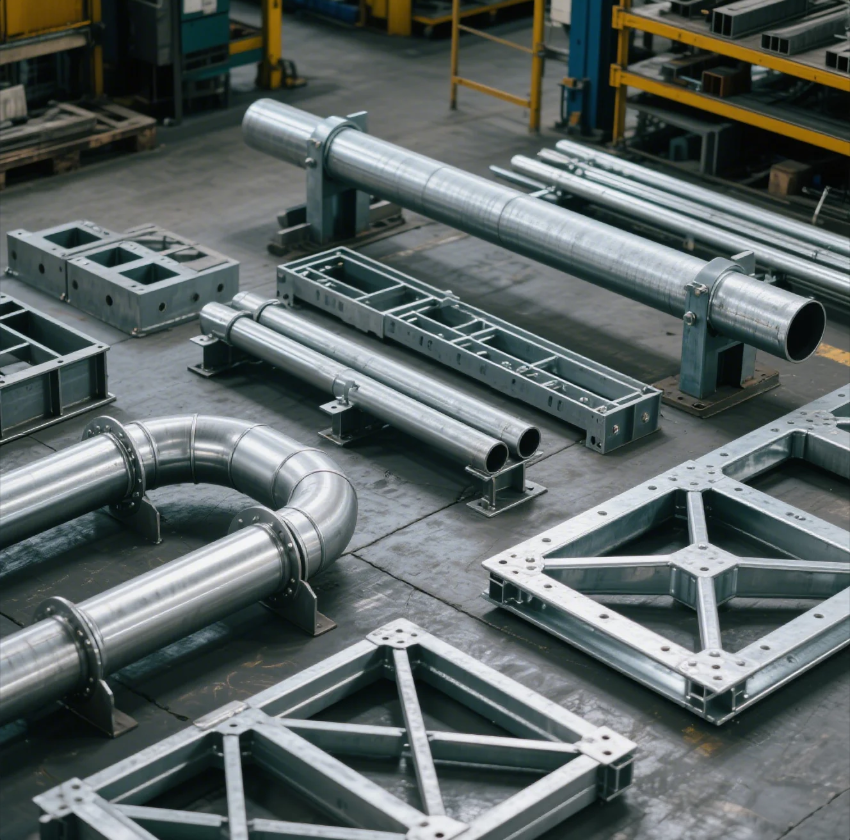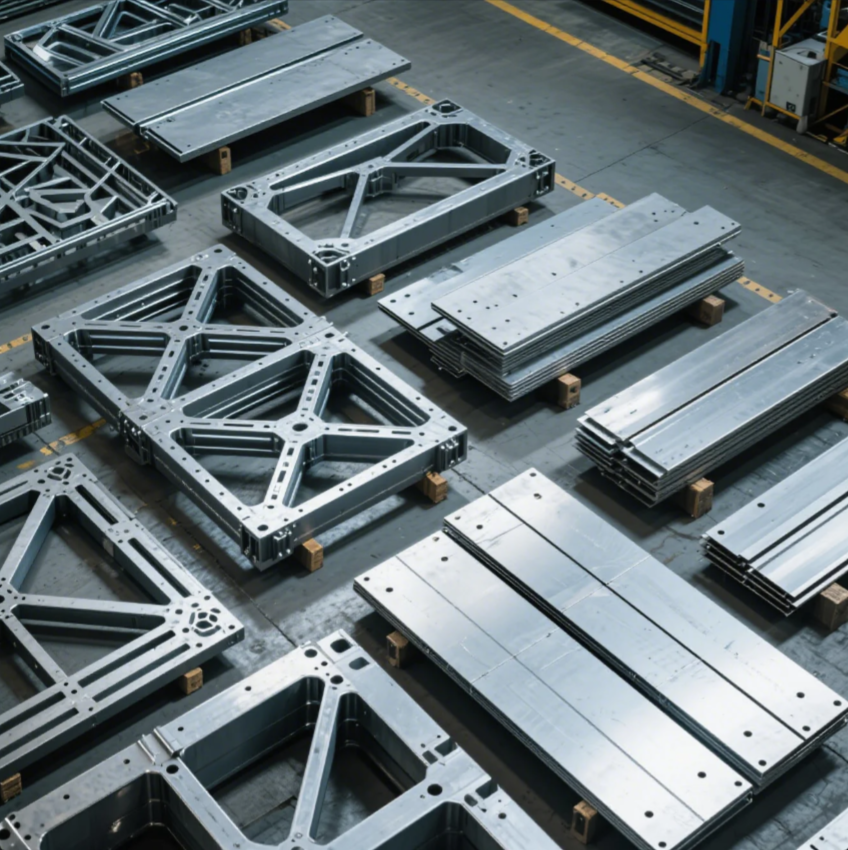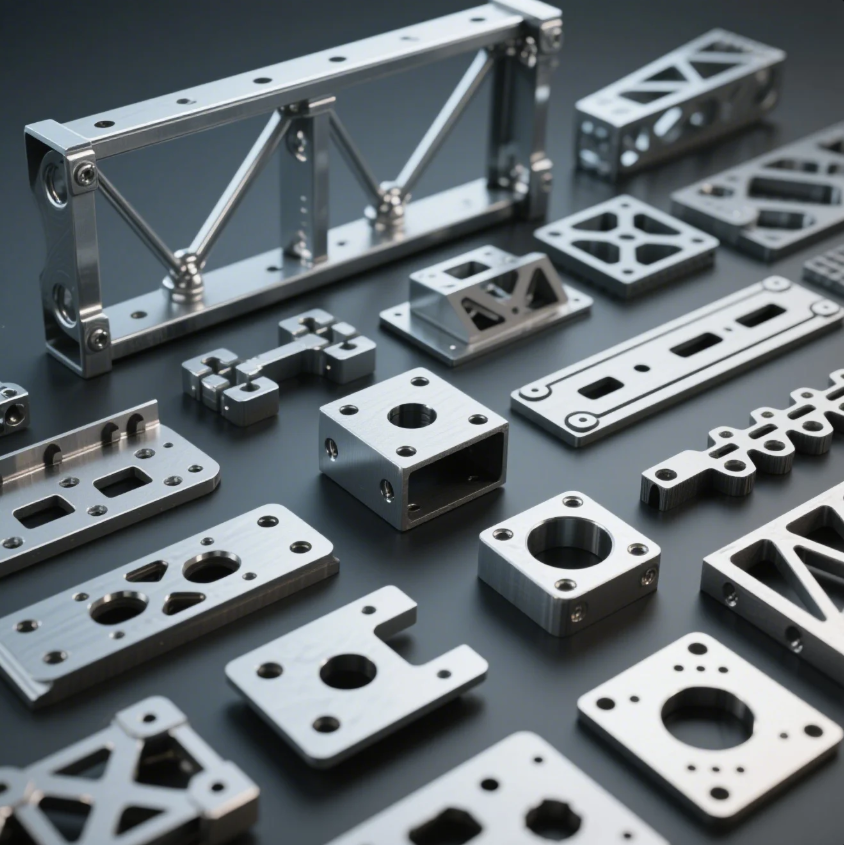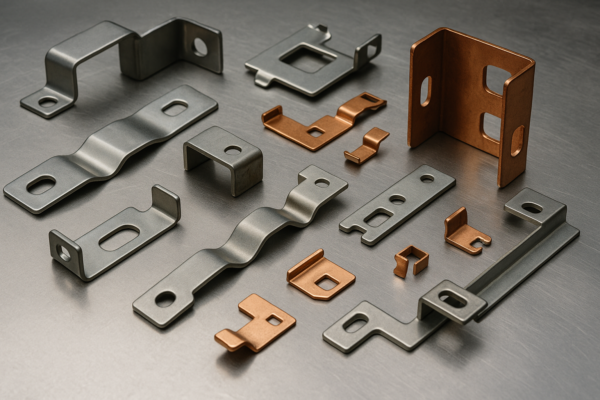What Are the Three Classifications of Structures?

Structures are the backbone of any system, whether it’s a building, organization, or even a biological organism. In engineering, architecture, and business, understanding the classifications of structures is vital for design, function, and efficiency. In this article, we’ll explore the three main classifications of structures, their applications, and how they contribute to various fields.
Snippet paragraph:
Structures can be classified in various ways, such as by type, form, or system. Let’s take a closer look at the three classifications of structures and their significance.
Transition paragraph:
Now, let’s dive into the three key classifications of structures and how they apply to different systems in construction, engineering, and organizations.
What Are the 3 Main Types of Structures?

In construction and engineering, structures can generally be classified into three main types based on how they distribute loads and forces. These types are load-bearing structures, frame structures, and shell structures.
Snippet paragraph:
The three main types of structures—load-bearing, frame, and shell—distribute forces in different ways to ensure stability and strength.
Dive Deeper
-
Load-bearing Structures: These structures rely on walls to carry the weight of the building. The walls themselves provide both support and enclosure. This type of structure is most commonly found in older buildings and small houses, where the walls serve as the main load-bearing components.
-
Frame Structures: Frame structures use a skeleton of beams and columns to support loads. This type is common in modern buildings and bridges, where the frame is responsible for supporting the structure while providing flexibility in design and use of space.
-
Shell Structures: Shell structures rely on their shape to efficiently distribute loads. The curved surfaces of a dome, for instance, can help evenly distribute stress and weight, making it an ideal choice for thin yet strong structures. Shell structures are often used in domes and aircraft fuselages.
Each type of structure is chosen based on the functional requirements of the building or system and the types of loads it will need to withstand.
| Structure Type | Function | Example Applications |
|---|---|---|
| Load-bearing | Uses walls to support weight | Old houses, Small buildings |
| Frame | Uses a skeleton of beams and columns | Skyscrapers, Bridges |
| Shell | Distributes load using curved surfaces | Domes, Aircraft fuselages |
What Are the 3 Basic Structural Forms?

The three basic structural forms refer to the basic configurations or systems used to organize the load-bearing elements of a structure. These forms are tension, compression, and bending.
Snippet paragraph:
The three basic structural forms—tension, compression, and bending—describe how forces are distributed across different parts of a structure.
Dive Deeper
-
Tension: In tension structures, forces are applied in such a way that they stretch or pull apart components. Materials like steel cables or fabric are often used to resist tension. Examples include suspension bridges and tents, where tension helps to support the structure.
-
Compression: In compression structures, components are subjected to forces that push or compress them together. Concrete and steel are commonly used in compression because they perform well under pressure. Examples of compression structures include columns and archways, which rely on compression to support heavy loads.
-
Bending: Bending occurs when forces are applied in such a way that components bend or flex. Beams and trusses are often designed to resist bending forces by using materials that can withstand both tension and compression. Examples include floor beams and bridge trusses.
Each of these structural forms plays an important role in how forces are handled by different parts of a structure, and understanding these forces helps in designing safe and efficient systems.
| Structural Form | Function | Example Applications |
|---|---|---|
| Tension | Resists stretching or pulling forces | Suspension bridges, Tents |
| Compression | Resists pushing or compressing forces | Columns, Arches |
| Bending | Resists bending or flexing forces | Floor beams, Bridge trusses |
What Are the Three Ways to Classify Structures?

Structures can be classified in various ways, but three common methods of classification are based on material type, load distribution, and structural form. These classifications help engineers and architects choose the right approach for building a system that meets functional and safety requirements.
Snippet paragraph:
Structures can be classified by material type, load distribution, and structural form to ensure they are suitable for their intended purpose.
Dive Deeper
-
Material Type: This classification refers to the type of material used to build the structure. Examples include steel structures, concrete structures, timber structures, and composite structures. The choice of material affects the strength, durability, and overall performance of the structure.
-
Load Distribution: Structures can be classified by how they distribute and handle loads. For instance, load-bearing structures transfer weight through walls, while frame structures distribute loads through beams and columns.
-
Structural Form: As discussed earlier, structural form refers to how the forces are applied and distributed within a structure, including tension, compression, and bending.
Each classification helps engineers and designers make decisions based on the materials available, the type of loads a structure will endure, and the overall shape and function of the system.
| Classification Type | Focus | Example |
|---|---|---|
| Material Type | Material used in construction | Steel, Concrete, Wood |
| Load Distribution | How forces are carried by the structure | Load-bearing, Frame, Shell |
| Structural Form | Force application and resistance | Tension, Compression, Bending |
What Are the Three General Classifications of Organizational Structures?

In organizational design, structures can be classified into three general types: functional, divisional, and matrix. These classifications refer to how tasks, responsibilities, and authority are distributed within an organization.
Snippet paragraph:
Organizational structures are typically classified as functional, divisional, or matrix, each of which dictates how roles and responsibilities are organized within a company.
Dive Deeper
-
Functional Structure: In a functional structure, the organization is divided into departments based on specialized functions, such as marketing, finance, and operations. This structure works well for smaller organizations with limited operations.
-
Divisional Structure: In a divisional structure, the organization is divided into autonomous divisions based on product lines, services, or geography. Each division operates independently, with its own resources and leadership.
-
Matrix Structure: A matrix structure combines elements of functional and divisional structures. Employees report to both a functional manager and a divisional manager, which allows for greater flexibility and collaboration across departments.
Each of these organizational structures has its strengths and is chosen based on the size, goals, and complexity of the organization.
| Organizational Structure | Focus | Example |
|---|---|---|
| Functional | Divides by specialized functions | Small to medium-sized companies |
| Divisional | Divides by product, service, or location | Large corporations with diverse products |
| Matrix | Combines functional and divisional | Tech companies, Project-based teams |
Conclusion
In conclusion, structures play a vital role in construction, engineering, and organizations. Whether you’re considering load-bearing and frame structures or organizing a functional and matrix structure within a business, understanding the different classifications helps ensure the system or organization functions efficiently and meets its objectives. By identifying the right structural system, designers, engineers, and managers can optimize performance, safety, and cost-effectiveness.







